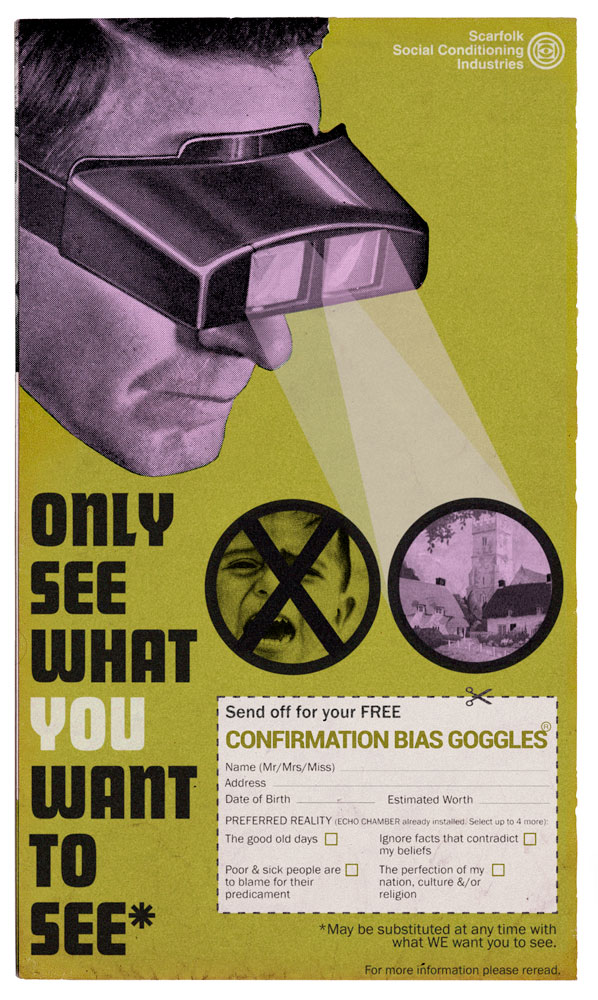Moral hazard occurs whenever an agent makes a decision to assume more risk and the potential cost of that risk is outsourced to another agent. Moral hazards can vary. For example, consider various arguments about the agency dilemma, or bailouts, or insurance. Moral hazards are a type of epistemological hazard insofar as moral hazards are operative only given conditions of information asymmetry. For a moral hazard to obtain, the cost-bearing agent must know significantly less about the risk environment than the risk-taking agent does.
Information hazards (Bostrom, 2011) entail or maximize “risks that arise from the dissemination or the potential dissemination of (true) information that may cause harm or enable some agent to cause harm.” Bostrom, who coins the term, provides an extensive typology of information hazards. An information hazard is a type of epistemological hazard sometimes described in terms of dangerous knowledge. Bostrom’s work is especially worth reading because it frames risks in ways that are particularly helpful for analyzing our emerging media and technical environment.
By contrast, memetic hazards refer to specific, easily transmissible “bundles” of ideas (or memeplexes) that block the process of belief revision or updating. A memetic hazard might or might not be true. Indeed, what qualifies as a memetic hazard depends on multiple, overlapping contexts, because priors vary across agents. Exposure and susceptibility interact unpredictably in complex information environments. A memetic hazard is a type of epistemological hazard because blocking updates impedes decision formation, probability assessment, and reality testing.
